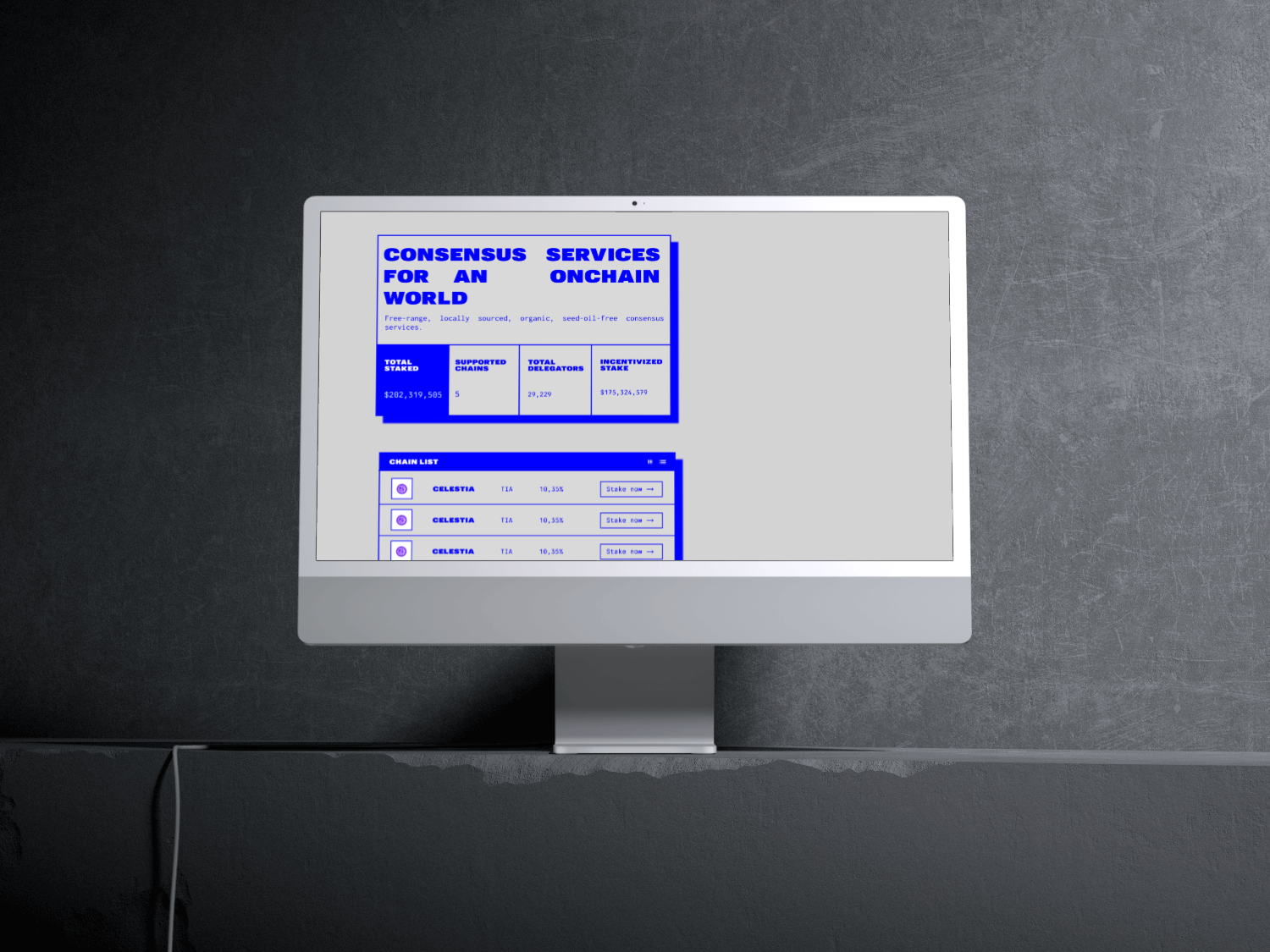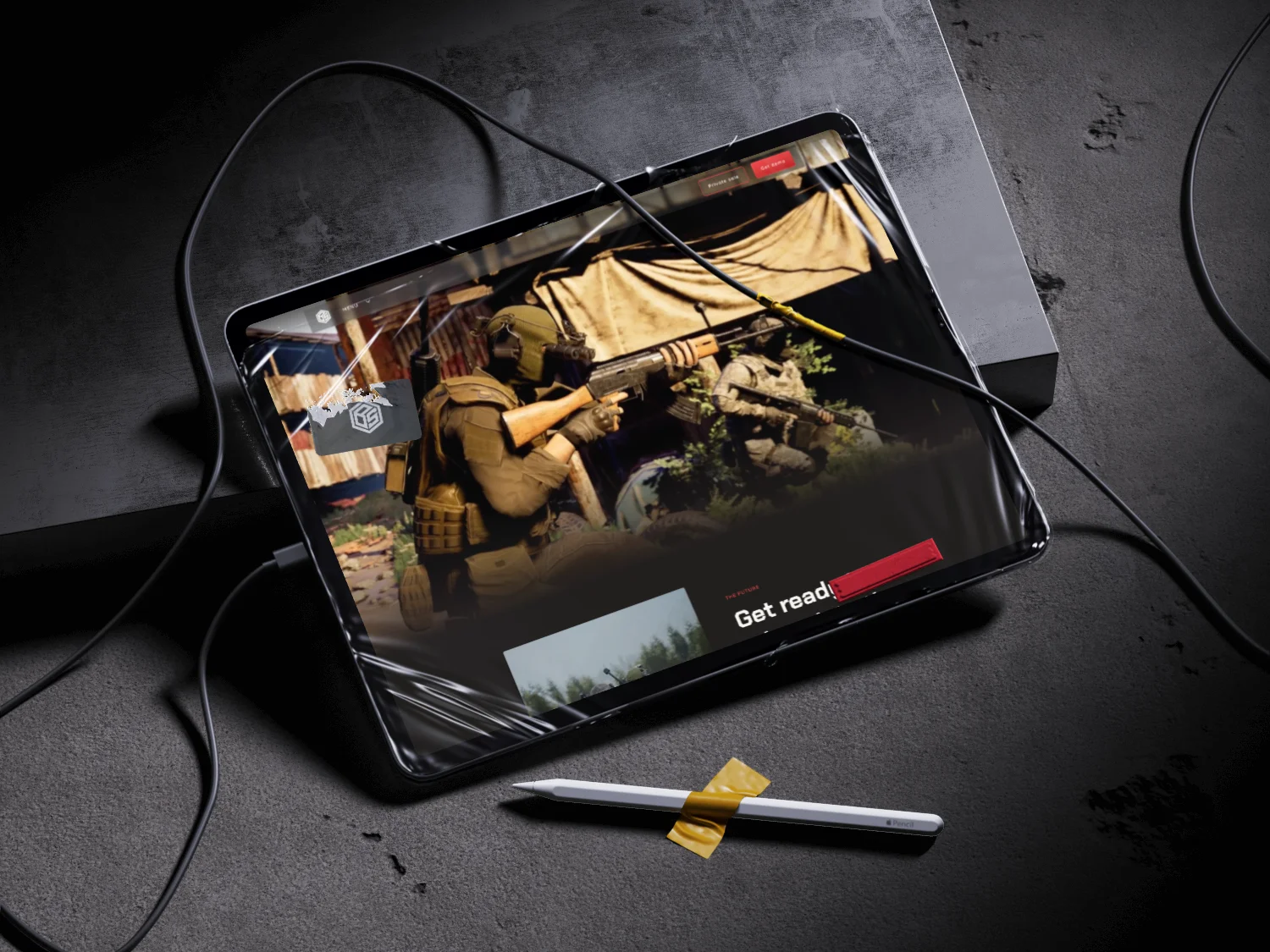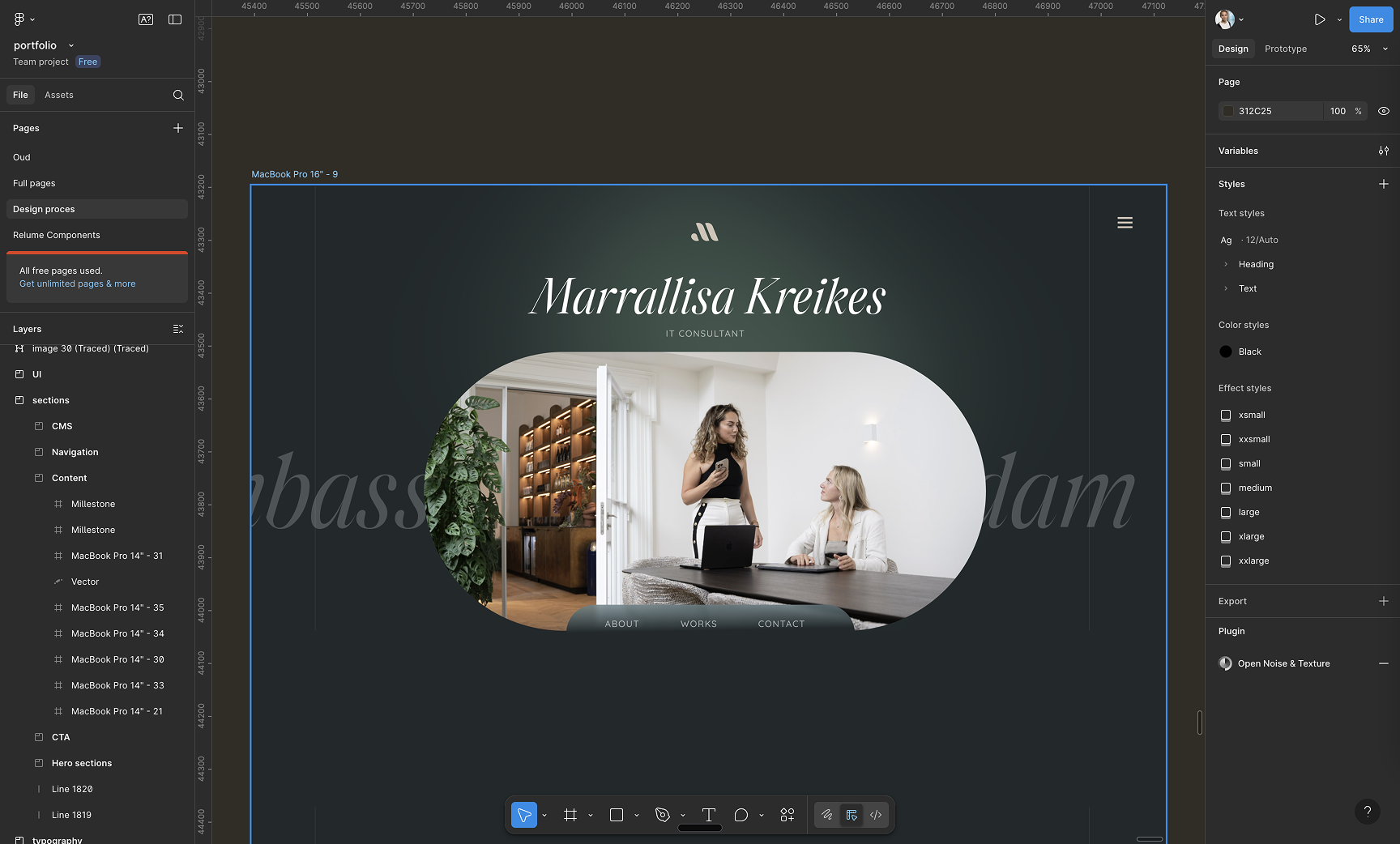Last updated:
September 09, 2025
Growth Expert? Unlock €5M with Viralistic
Discover why the €5M service business is a trap. Learn how Viralistic helps growth experts achieve real, sustainable MRR. Explore our proven strategies.
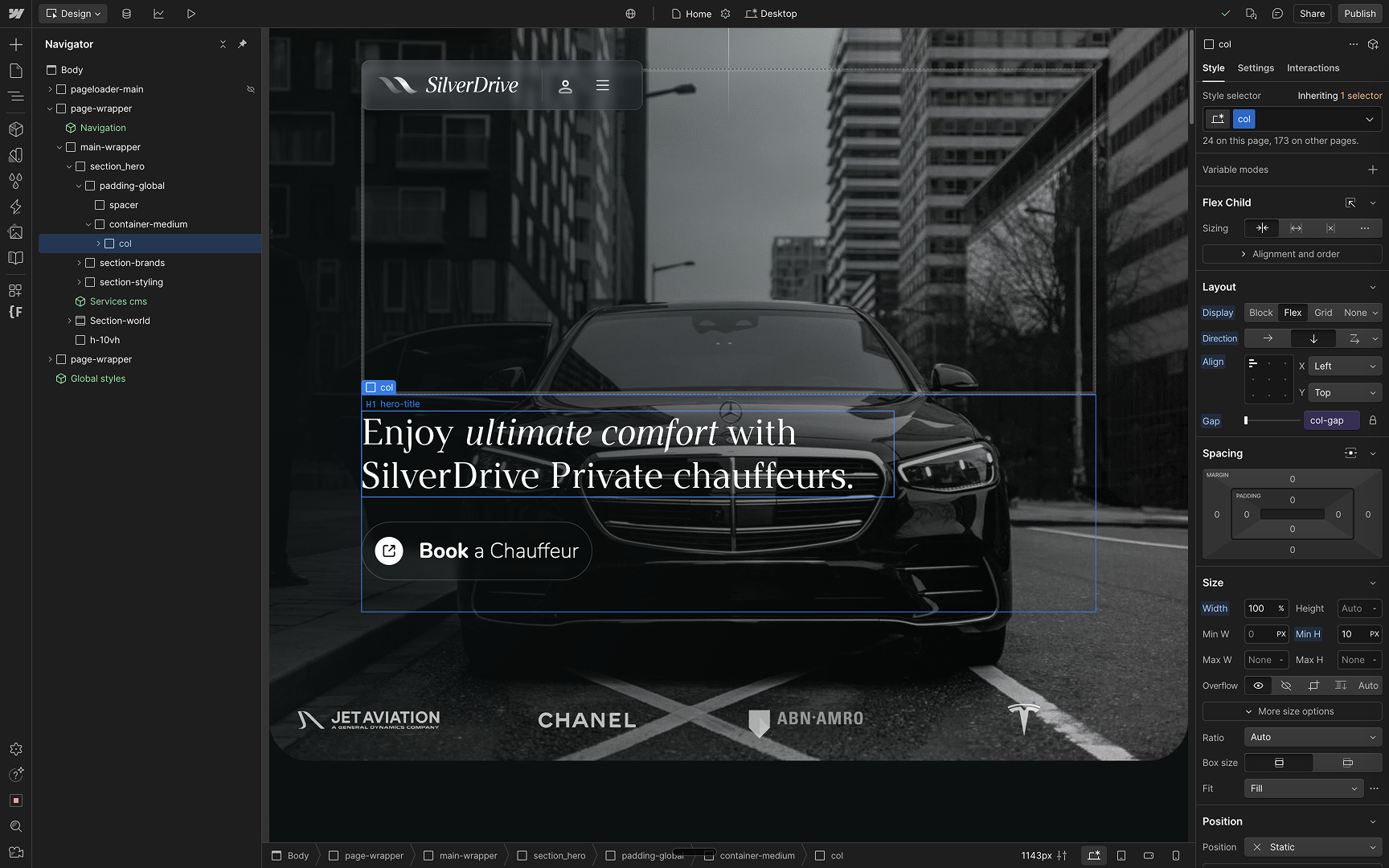
Charge $5k/mo to 10 clients and boom, you have a $50k/mo MRR. It does not work like that.
If you are a funded startup or fast-moving scale-up with real traction, you already know the math looks sexy on a slide. Ten clients at 5k per month, and suddenly you have stability, prestige, and headspace. Except you are smart, detail-obsessed, and tired of shiny promises.
You care about conversions, load time, tone, and the story your brand tells on every page. You want a partner who gets your business, answers on WhatsApp when it matters, and owns the funnel end-to-end. The truth is this: the glossy math hides the grind. And if more founders showed the real work, most people would never pitch the dream in the first place.
The glossy math is a trap, here is the reality
Firstly, let us state the obvious. MRR is monthly recurring revenue, the predictable subscription income you bill each month. But recurring revenue equals recurring work. The minute you sign 10 clients at 5k per month, you inherit 10 roadmaps, 10 stakeholder groups, 10 sets of expectations, and 10 ways scope can expand.
If you have felt any of the following, you are not alone:
- Work-life imbalance when deliverables stack up.
- Financial uncertainty during client delays or slow collections.
- The struggle to land and keep ideal-fit clients, not just anyone with a budget.
- Major setbacks, failed experiments, and pivots that felt costly.
- Difficult client relationships that drain focus.
- Constant market adaptations that make last quarter’s playbook obsolete.
- Endless revisions that look small but snowball into missed deadlines.
- The stress of wearing multiple hats across strategy, SEO, CRO, design, and analytics.
- Long hours without immediate reward.
Secondly, the ops load is real. Ten clients is not ten invoices. It is a living portfolio that demands prioritization, proof, and proactive communication every week.
What the $50k/mo service business actually costs
There is a hidden P&L behind the meme. You will need senior strategy time, creative chops, technical depth, and consistent project management. Without it, churn spikes. Churn is the rate at which clients cancel or do not renew. Low churn only happens when delivery is tight and measurable.
Positioning and pricing are the foundation
If your offer is not specific, you invite scope creep. Scope creep is the gradual expansion of work beyond the agreed scope without proportional budget. Narrow positioning lets you standardize your delivery, forecast effort, and protect margins. Gross margin is revenue minus direct delivery costs, expressed as a percentage. Protect it, or the math falls apart.

Acquisition takes longer than the threads say
You need pipeline, not wishful thinking. ICP is ideal customer profile, a clear description of the customer segment most likely to succeed with your offer. Make your pipeline fit your ICP and your proof. Organic content works, but not overnight. SEO is search engine optimization, the practice of improving your site to increase organic traffic and visibility. CRO is conversion rate optimization, improving the percentage of visitors who take a desired action. Both require consistent publishing and testing.
Delivery at scale demands process
Retainers breathe. Some months are heavy, others are lighter. Without SLAs, which are service level agreements that define response times, scope, and turnaround expectations, you become reactive. Add clear onboarding, a weekly operating rhythm, and shared dashboards to show progress. Utilization rate is the percentage of team time spent on billable work. If it is too low, you bleed cash. If it is too high, quality falls and people burn out.
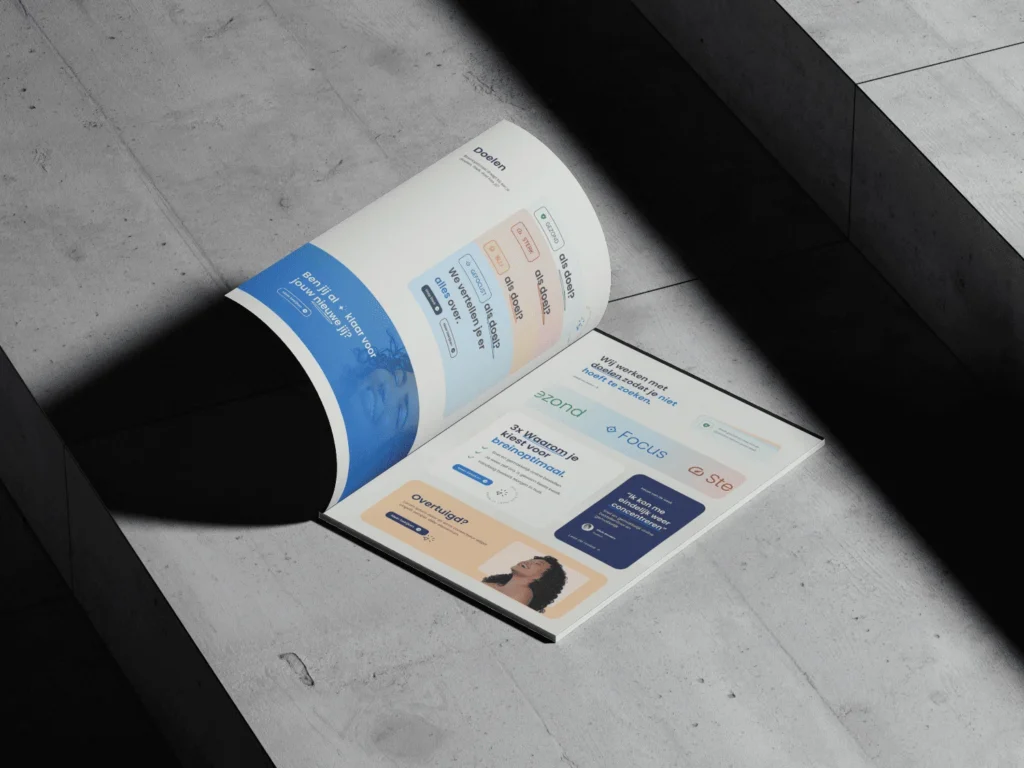
Cash flow, not vanity, keeps you alive
On paper, 50k per month looks stable. In practice, collections timing, hiring, software, and tax will stretch you. LTV is customer lifetime value, the total revenue you expect from a client over the relationship. CAC is customer acquisition cost, the cost required to acquire one paying client. The LTV to CAC ratio should be healthy, usually 3:1 or better. If not, do not scale.
What it actually takes to build durable recurring revenue
Here is the unglamorous, effective path we help clients build.
- Define a sharp offer. Productize outcomes, not tasks. Productized services are standardized packages with clear scope, price, and process.
- Validate with three to five perfect-fit clients before scaling. Measure impact end-to-end.
- Design a lead system. Mix organic, partnerships, and outbound. Attribution is the method of assigning credit for conversions to marketing touchpoints so you know what to scale.
- Build a consultative sales process. Shorten cycles with strong proof and clear next steps.
- Onboard with intent. Kick off with goals, baselines, roles, and a 90-day plan.
- Lock scope and SLAs. Offer optional add-ons, not soft promises.
- Measure weekly. NRR is net revenue retention, the percentage of recurring revenue retained and expanded from existing clients. Chase expansion through outcomes.
- Standardize your operating cadence. Weekly standups, monthly strategy reviews, and quarterly planning.
- Hire in sequence. Strategy first, then delivery depth, then operations that keep you sane.
- Build a 3-month cash buffer. No exceptions.
In addition, communicate proactively. Share early drafts, explain tradeoffs, and make performance visible. Clients do not need noise, they need confidence that the growth engine is built properly.
How Viralistic partners with fast-moving teams
We work with funded startups, scale-ups, and mid-sized companies that care about details yet do not want to micromanage. We combine strategic clarity with conversion-driven execution across SEO, content, and web. You get Marrallisa as a sparring partner who is reachable, pragmatic, and focused on results. If your website does not reflect who you are, or traffic is not converting, we will fix the story, the structure, and the speed together.
Examples that show the real work, not the slogan
Case 1: The B2B SaaS retainer that stabilized pipeline
Intro: A Series A SaaS team had traffic but poor demo volume. Their site looked modern but did not convert.
Application: We rebuilt messaging around jobs-to-be-done, tightened navigation, and executed a technical SEO overhaul. Technical SEO is the optimization of site infrastructure like crawling, indexing, and performance to help search engines discover and rank pages. We added conversion paths with mid-funnel assets and implemented event tracking. Event tracking is the setup that records specific user actions for analytics.
Pros: Higher qualified demos, improved ranking for intent keywords, clearer analytics. Cons: Three months before compounding gains, heavy coordination with sales ops.
Takeaway: Conversion-driven websites beat pretty websites. Tie SEO to the funnel and wins follow.
Case 2: Productized CRO sprints to beat scope creep
Intro: An e-commerce scale-up was drowning in ad spend with thin margins and constant requests.
Application: We shifted to 6-week CRO sprints with fixed deliverables: research, hypotheses, wireframes, tests, and learnings. Wireframes are low-fidelity layouts that map page structure and hierarchy. Each sprint ended with a backlog and next-sprint plan.
Pros: Predictable cadence, measurable wins, happier stakeholders. Cons: Requires discipline and education, not ideal for teams wanting ad hoc tasks.
Takeaway: Productized services protect margins and focus.
Case 3: Hybrid retainer plus performance bonus
Intro: A marketplace wanted skin-in-the-game without pure pay-for-performance risk.
Application: We set a base retainer for strategy and delivery, plus bonuses tied to qualified lead volume and activation. Activation is the moment a lead completes a key action that predicts future value.
Pros: Aligned incentives, clear dashboards, excitement around milestones. Cons: Needs reliable data and well-defined rules to avoid disputes.
Takeaway: Hybrid models work when measurement is solid and targets are realistic.
Case 4: Rebrand that fused story, SEO, and design
Intro: A luxury D2C brand had loyal customers but a dated site and fragmented narrative.
Application: We led a brand-messaging refresh, mapped a topic cluster strategy, and shipped a fast, elegant site. Topic clusters are groups of interlinked content that establish topical authority around a core theme. We tuned performance for Core Web Vitals, which are Google’s user experience metrics for loading, interactivity, and visual stability.
Pros: Strong first impression, increased organic sales, better engagement. Cons: Intensive content creation month one, strict QA.
Takeaway: When story, SEO, and UX move together, growth compounds.
Case 5: Fractional growth team for a mid-sized B2B company
Intro: The internal team was stretched and wanted leadership without a bloated agency.
Application: We acted as a fractional head of growth with a small pod for content, SEO, and analytics. Fractional leadership is part-time executive capability embedded within your team. We installed a weekly rhythm, rolling 90-day plan, and a simple KPI stack. KPI stands for key performance indicator, a measurable value that shows progress toward a goal.
Pros: Faster decisions, fewer meetings, momentum. Cons: Requires trust and access across sales, product, and marketing.
Takeaway: The right small team can outperform a large, generic agency.
Common pitfalls that quietly kill margins
Scope drift, unclear acceptance criteria, and slow feedback loops. Also, fragile content engines without a strong brief template. Acceptance criteria are the conditions that must be met for a deliverable to be considered complete. Lastly, neglecting post-launch measurement. If you do not show impact, people assume there is none.
Your next move, if you are serious about the real thing
If you want strategic clarity, SEO that compounds, and a website that actually converts, let us help you build the system the glossy math pretends exists. We work fast, we care, and we are easy to reach. Curiosity is free. Momentum is built. Start here: https://viralistic.nl/contact/
People Also Ask
How many 5k-per-month clients can a small team realistically handle?
It depends on scope and complexity, but a focused pod of three to five people can usually serve four to eight clients if work is standardized and SLAs are clear. Beyond that, quality and speed drop unless you add capacity.
What is a healthy gross margin for a services business at 50k MRR?
Target 55 to 70 percent gross margin. If you are below 50 percent, scope or staffing is misaligned. Improve standardization, trim low-value tasks, and reduce rework.
How long before SEO starts to drive pipeline?
Expect meaningful traction in 90 to 180 days, faster with strong domain authority and consistent publishing. Technical fixes, content quality, and internal linking are key levers.
What should be in a great onboarding for a retainer?
Clear goals, baselines, roles, comms cadence, stack access, a 90-day plan, and acceptance criteria. Add a kickoff deck that shows what you will do and what you will not do.
How do we prevent scope creep without damaging the relationship?
Set tight scope definitions, offer add-ons, and review priorities weekly. Use change requests when new ideas appear. Clients respect clarity when it is paired with outcomes.
What is a good LTV to CAC ratio for service businesses?
Three to one or better. If you spend 1 to win 1, you are burning time and cash. Increase retention, raise prices with proof, or improve deal qualification.
Should we price on value, time, or outcomes?
Use a hybrid. Anchor on value, package by outcomes, and estimate by time to protect margin. Publish clear deliverables and acceptance criteria to maintain trust.
What analytics stack do we need to prove ROI?
Start with GA4, a CRM like HubSpot or Pipedrive, and a dashboard that ties sessions to leads to revenue. Add heatmaps, call tracking, and UTM discipline for attribution clarity.
How fast should our site be for conversions?
Under 2 seconds Largest Contentful Paint is a strong target. Optimize images, reduce scripts, and cache aggressively. Faster sites convert better and rank better.
Is CRO or SEO the better first move?
If you have traffic but weak conversions, start with CRO. If you lack qualified traffic, start with SEO. In practice, do both in sequence since they amplify each other.
When do we hire in-house versus use an external partner?
Hire in-house when the capability is core and ongoing, like content production or marketing ops. Use a partner for strategy, spikes in capacity, or specialized skills you do not need full-time.
What is the ideal content cadence for B2B?
Quality beats volume. Two to four high-quality pieces per month, paired with weekly optimization of existing content and monthly internal linking, is a strong baseline.
How do we keep clients happy without being available 24 or 7?
Define comms hours, set SLAs, and maintain a reliable weekly update. Use WhatsApp for quick checks, but funnel decisions into the project hub to avoid chaos.
What are early signals we might churn a client?
Executives go silent, goals keep changing, or approvals drag. Address early with a reset meeting that revisits scope, goals, and what success looks like.
How do we handle international SEO during a rebrand?
Use proper hreflang, create localized copy, and split navigation by market if intent differs. Migrate with meticulous redirects to protect existing equity.
Which pages matter most for conversion on a B2B site?
Home, product or service pages, pricing, case studies, and the book-a-demo flow. Each needs focused messaging, proof, and friction-free UX.
What is a realistic timeline for a conversion-focused website rebuild?
Six to ten weeks for a sharp MVP and two to three months for a comprehensive build with content, CRO, and SEO foundations.
How do we choose keywords without stuffing?
Build topics around user problems, then map variations. Write naturally, answer intent, and use related phrases. Internal linking does the heavy lifting over time.
What is the best way to show ROI to the board?
Create a short monthly narrative: goals, what we did, what changed in KPIs, and what we will do next. Include a simple funnel view from traffic to closed revenue.
Ready to turn real work into real growth?
If you are done with glossy math and want a growth engine that holds up under pressure, talk to us. Start the conversation here: https://viralistic.nl/contact/
